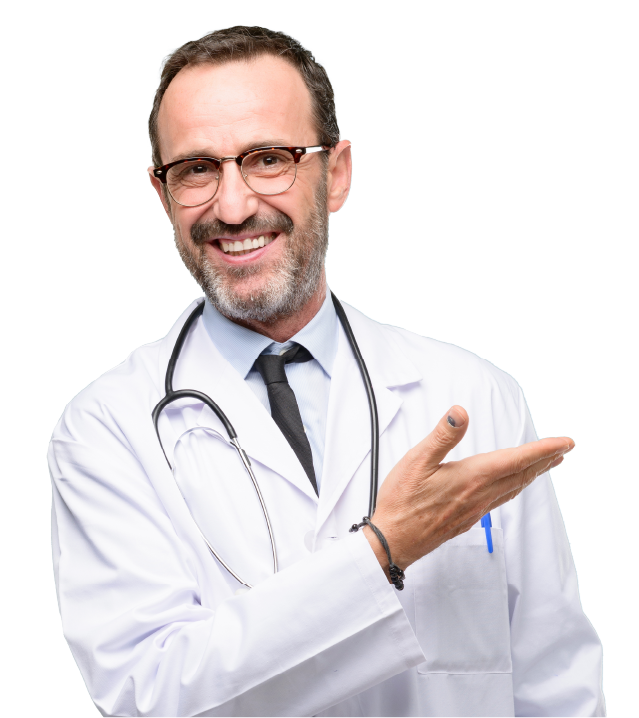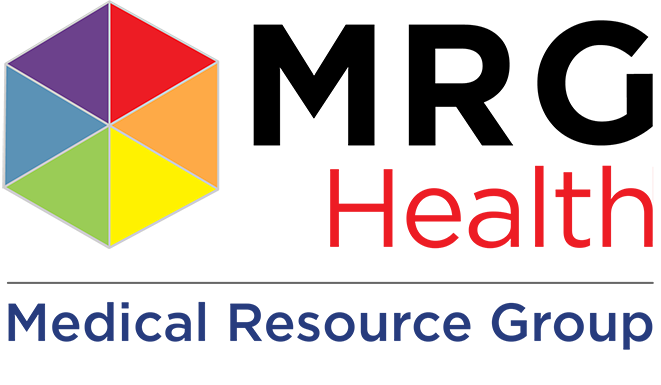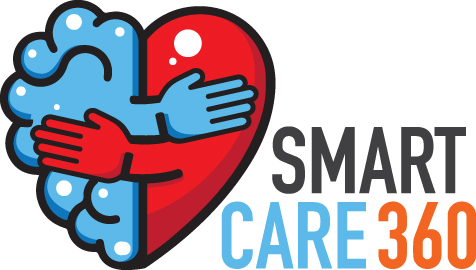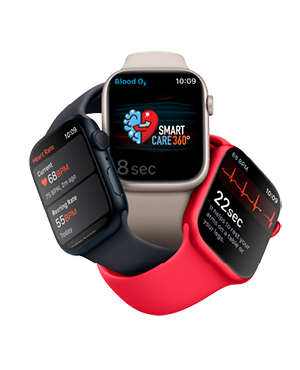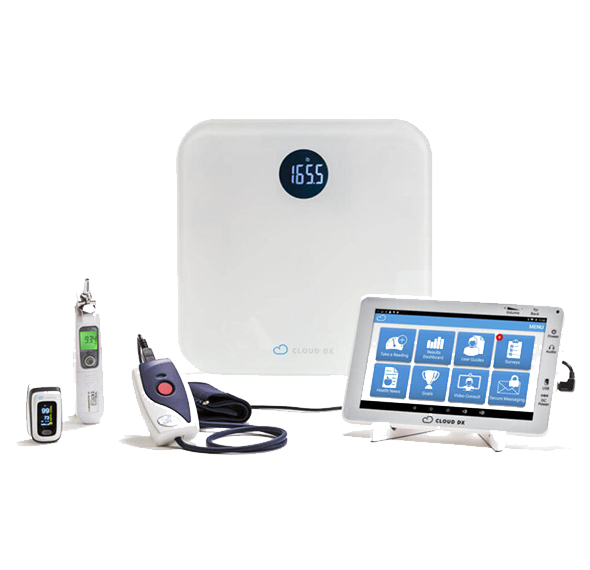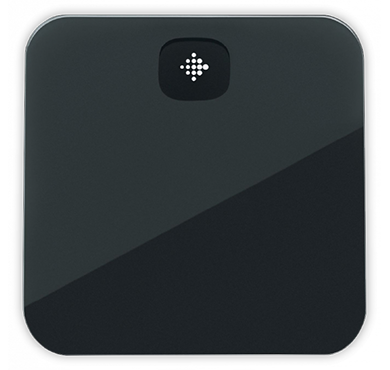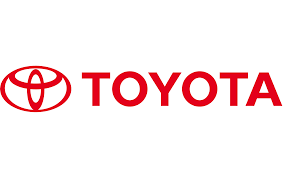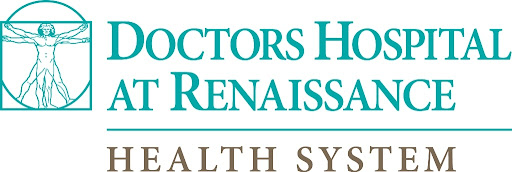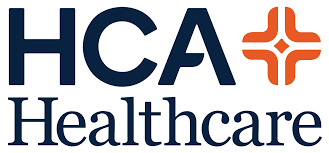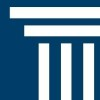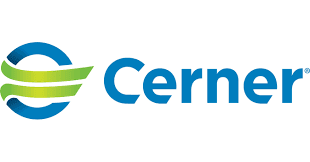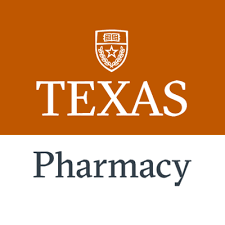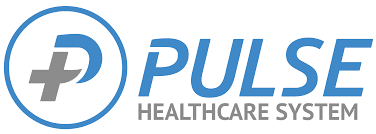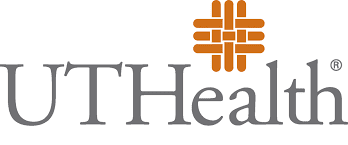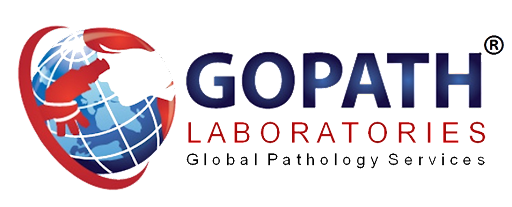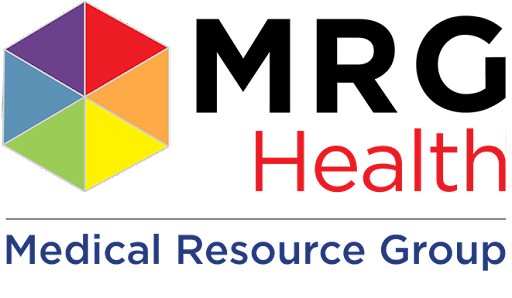Remote Patient
Monitoring Simplified
Remote Patient Monitoring with SmartCare 360
MRG Health gets patients successfully enrolled in Remote Patient Monitoring (RPM) with preconfigured disease specific care plans, Bluetooth and Cellular connected FDA medical device to monitor patients vitals and trends. This is all done with a combination of software and services that puts provider organizations on the fast track to receiving reimbursements while keeping patients compliant and healthy.
Increase revenue with your existing Patient base by caring for existing and new patients virtually. Receive up to $220 per patient each month for remote monitoring and keeping patients compliant between office visits.
Interested in learning more about what patients qualify to participate and how RPM will work for your practice?
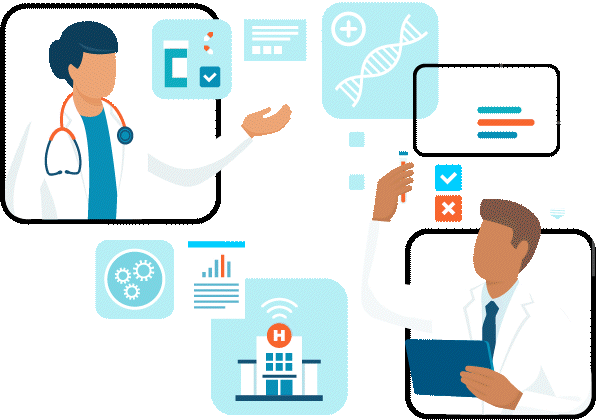
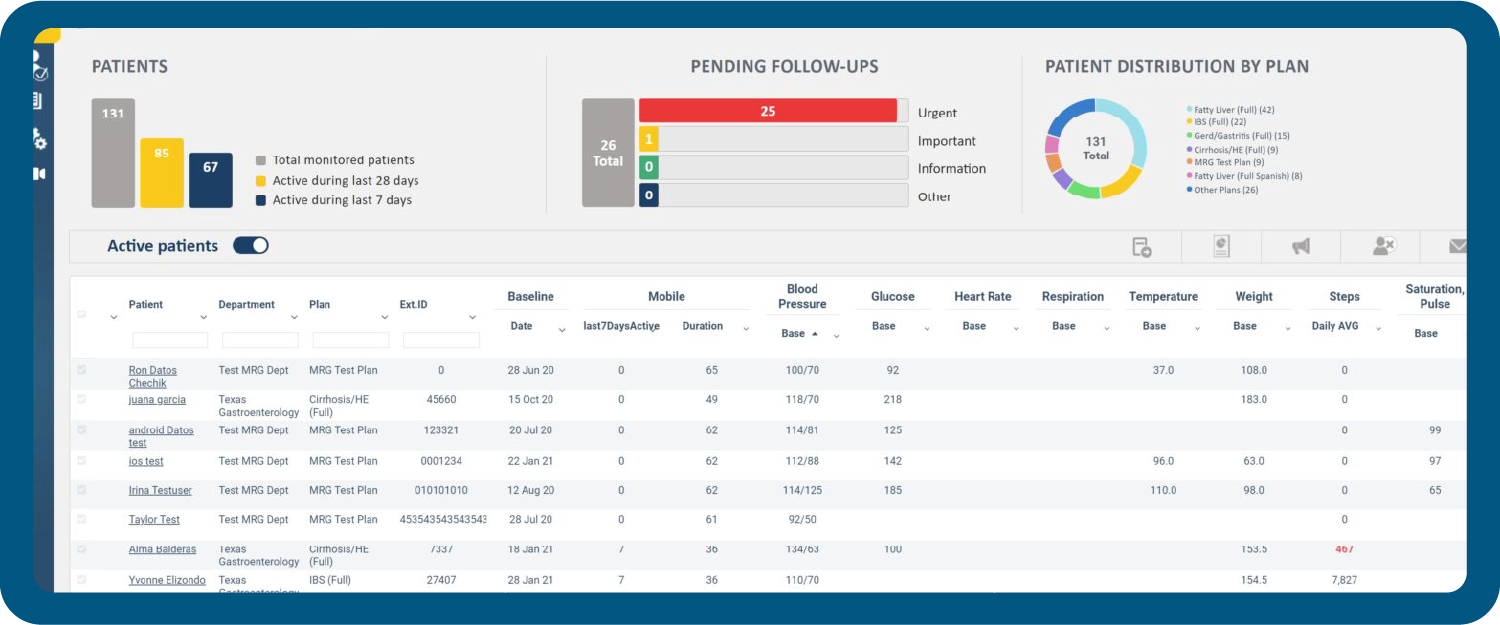
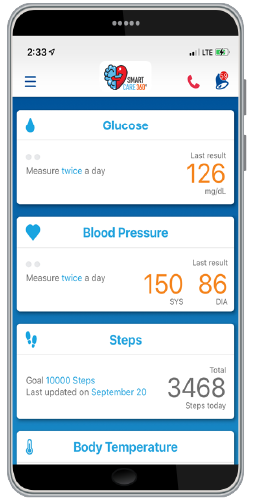
Team-Based Care Approach
We cover the full spectrum of qualified healthcare professionals to meet your patient population’s needs ALL in one platform.
Benefits
For Practices
- Improve access to healthcare resources
- Improve Patient Health
- Improve Chronic Disease Management
- Reduce Healthcare Cost
- Prevent Chronic episodes from occuring
- Keep Patients more engaged with the Practice
For Patients
- Improve Patient Outcomes
- Improve Patient Health
- Improve Chronic Disease Management
- Increase Practice Revenue within your current Patient base
- Prevent Chronic episodes from occuring
- Turn key hands off solution if your practice doesn’t have the staff to manage the patients
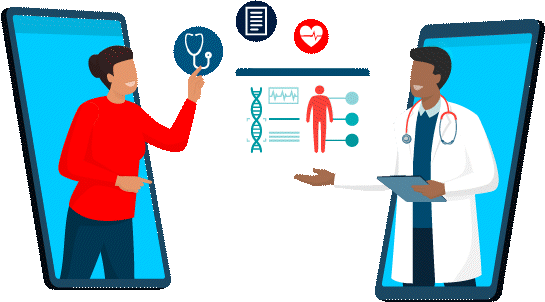

Pulse Oximeter Readings
As we continue to learn more about COVID-19 and its affect on the human body, there are some recurring terms that keep popping up. Pulse oximetry continues to be tossed around, but using it is nothing new to the medical field. Pulse oximetry is the measure of the saturation of oxygen in your blood. The term associated with pulse oximetry is SpO2.

Blood Pressure Monitoring
SmartCare 360 syncs with FDA approved blood pressure monitors. This feature tracks your blood pressure wherever you are, making it possible to obtain an early diagnosis to any complication and better control your health. Preventing any complicatoins will cut you health care costs drastically.

Engage With Your Blood Glucose Levels
Analyze in real-time how your blood glucose levels respond to food, exercise, stress, and sleep with SmartCare 360’s mobile app

Smartcare 360's Android & Apple Application
Our customized careplans created by the physician and our decision logic keeps patients engaged and compliant. SmartCare 360 help you manage your patient population to be compliant with little to no effort.

Stay ahead of your health
Smarcare 360's mobile app allows you to stream vitals utilizing FDA approved Bluetooth devices. User your to access health care services and remotely manage your health care.
